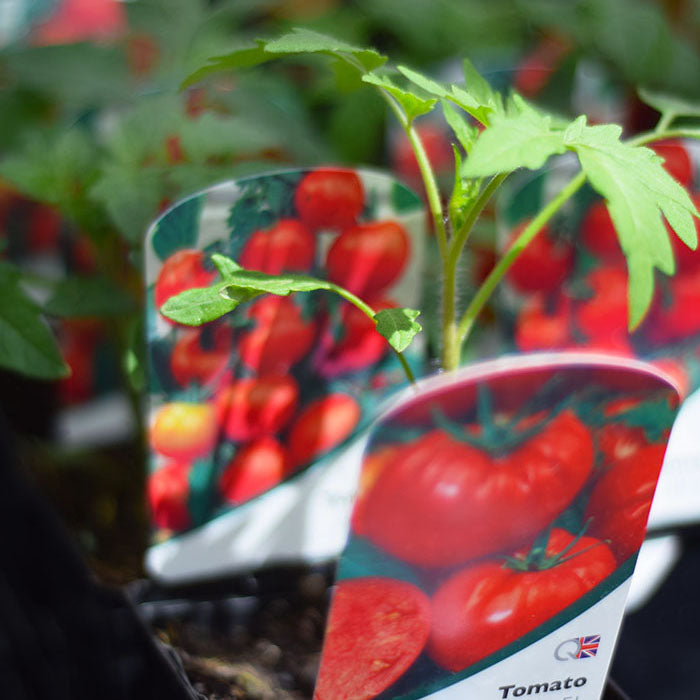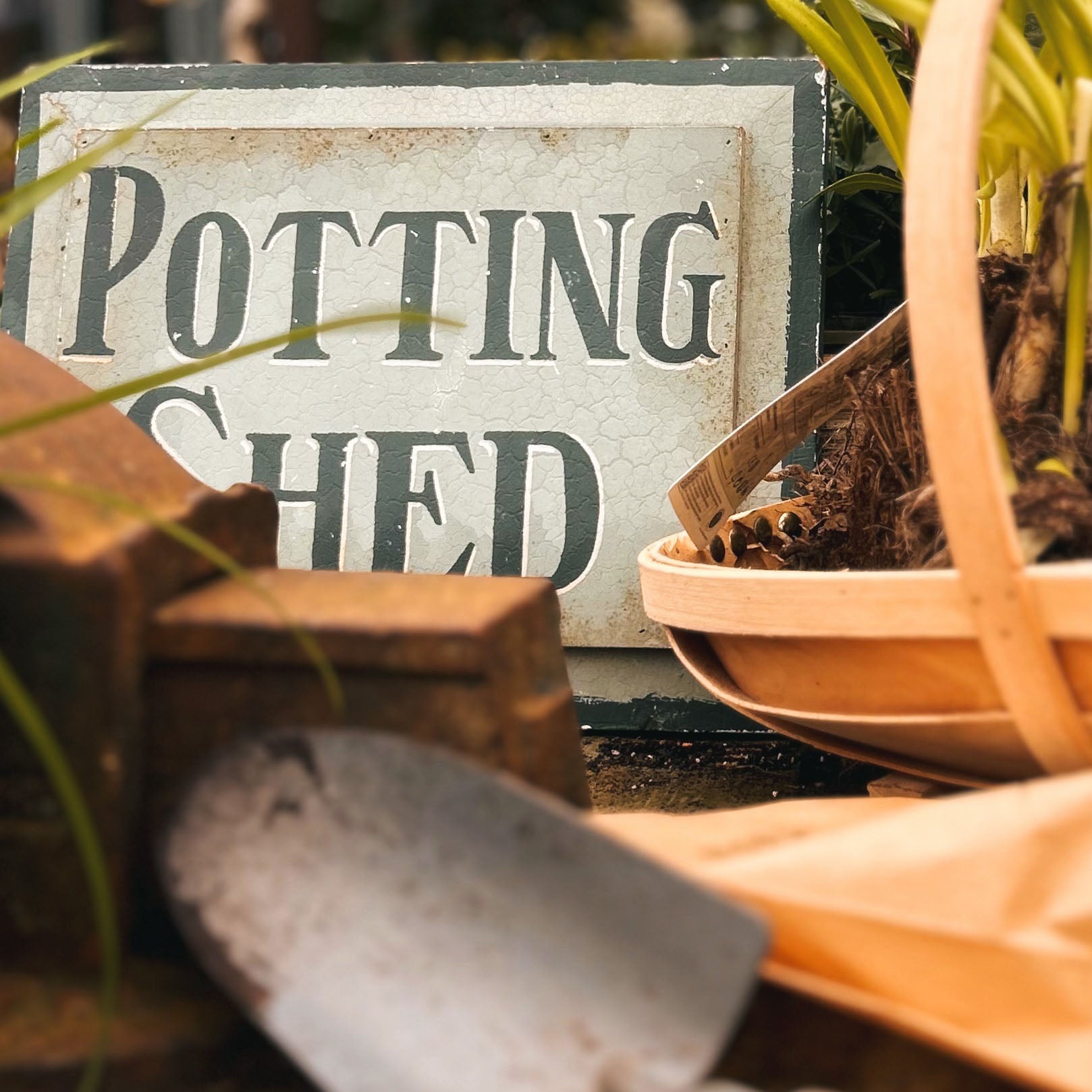Tomato Plant Pests & How to Get Rid of Them

Who doesn't like a sweet juicy tomato? It tastes even better when it's homegrown with love. They're one of the most popular plants to grow and not without a reason.
That's why it's so disheartening when checking on your garden; it turns into a nightmare as soon as you see those beautiful fruits covered with uninvited guests.
We're here to help you identify those pests and help you deal with them so your tomatoes grow big and pest free for the whole summer!
There's a diverse group of tomato pests. They can be seen burrowing through fruit and leaves, creeping and crawling unnoticed. Other ones will attack roots and stems. Although the methods by which they are destroyed differ, the result for tomato plants is usually the same; poor plant growth and smaller harvest.
The first step in defeating pests is always determining which invader you are up against, so you can take precautions to keep your plants safe. Let's identify 5 of the most common tomato pests and talk through the tips to help eliminate them.
1. Aphids
Aphids come in a variety of species that feed on tomato plants. These tiny-soft bodied insects come in a variety of colours, including green, black and pale yellow. They pierce plant parts inflicting damage such as curling and deforming new growth and dropping blossoms.
Tips to help:
Encourage natural predators, such as lady beetles and lace wing larvae. You can limit the use of pesticides in order to encourage natural predators.
2. Cutworms
Cutworms come in different varieties, but they all do roughly the same amount of harm. By feeding on stems and roots and depriving the plant of water and nutrients, they cause plant death. The 2-inch-long worms can be brown, pink, green, or black in colour, and when disturbed they curl into a tight C shape.
Tips to help:
Keep an eye out for plants that are abruptly wilting or that are clipped close to the ground (cutworms may chew on the stems but not the plant itself). Cutworms are most active in the early morning and late evening, so remove any you find as soon as damage is noticed. Encircle seedlings with collars made of cardboard or aluminium. Cutworm larvae will be prevented from feeding on plants by the barriers the collars will create.
3. Whiteflies
Tomato plants are directly and indirectly harmed by whiteflies. The microscopic insects cause stem dieback and leaf yellowing by puncturing plant tissue and sucking sap, decreasing the fruit yield. They transmit diseases from plant to plan which indirectly harm your tomatoes.
Tips to help:
Controlling silver-leaf whiteflies is not necessary. The whiteflies will soon find new host plants as the environmental conditions change. A strong, healthy tomato plant is your best line of defence against whiteflies. Remember to water and feed your tomatoes correctly.
4. Stinkbug
These bright green or brown, shield-shaped insects puncture plant parts and drain sap from buds, flowers, and fruit. Fruit that has been contaminated by stink bugs has tiny, spongy yellow spots.
Tips to help:
It can be particularly challenging to control stink bugs. Prevention is the best form of control. They enjoy untamed, overgrown places in which they can overwinter. Keep the areas around your garden neat to keep stink bugs from making a nice winter's nest.




